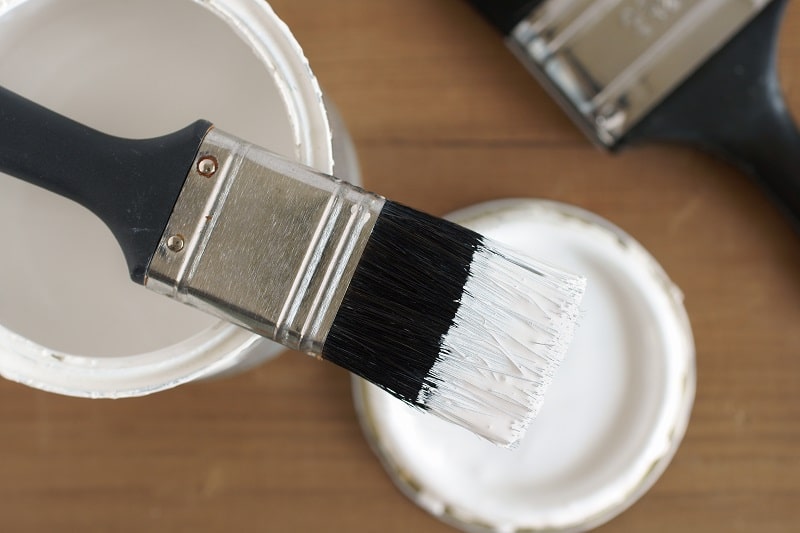What Type Of Primer Should You Use Before Painting?
Primer is incredibly important for preparing interior walls for a new paint job. While primer may not be completely necessary in some cases, it is always a good decision as it can help prevent stains and improve paint adhesion. However, different situations require different types of primer. Continue reading to find out what type of primer you should use for your walls.
Preventing Stained Walls
To prevent your walls from experiencing harsh stains, you should use either a water-based or oil-based primer. Water-based primers are perfect for solvent-based stains from substances like grease and are incredibly easy to clean up. On the other hand, oil-based primers are more difficult to clean up, but are much better at preventing damage from water-based substances such as rust.
Walls that are Prone to Mildew
Primer should always be used on walls that are prone to mildew growth. Before applying primer, you should be sure to eradicate any mildew that has already grown. Afterward, you should apply a stain-blocking primer to prevent mildew from continuing to grow on your walls.
Primer for New Drywall
Due to the joint compound used between sheets of drywall, your paint job is likely to come out uneven and inconsistent if not primed. When painting newly-installed drywall, you should use a drywall primer-sealer to cover the surface of your walls. This type of primer will allow your paint to evenly and consistently adhere to the surface.
Primer for Plaster Walls
When making repairs to plaster walls, you should use an oil-based stain-blocking primer. Without primer, the lime from the plaster walls may bleed through your paint and create unsightly stains.
More Tips and Tricks
If you need any help painting your home’s interior, feel free to contact us at Noel Painting with any questions or concerns. Our team will be around to provide you with useful advice and provide you with our professional services.


